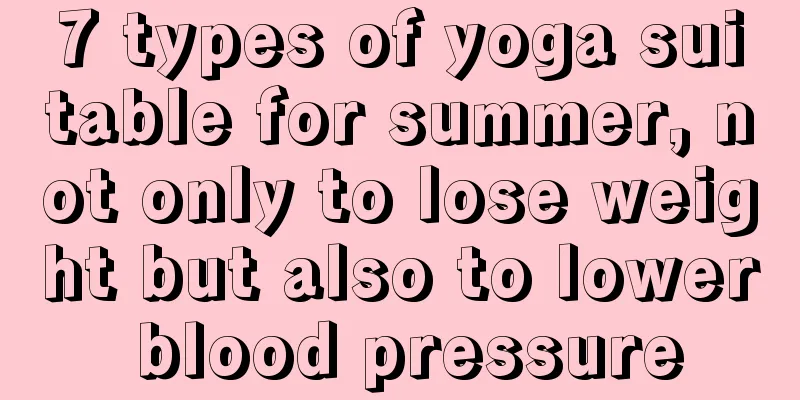What are the powerlifting training plans?

|
There are many sports in sports that play a good role in our health. Powerlifting is one of them, which can exercise arm strength. Increase muscle and fill the athlete's entire body with energy. However, most people don’t know much about this, and only large-scale sports events will host such events. However, we can strengthen strength training, which is also extremely beneficial to the body. So what are some powerlifting training plans? There are five steps to developing a training plan. Step one: demand analysis. That means testing athletes. Through testing, we can understand the athlete's strength, speed, flexibility and other qualities, understand the athlete's current deficiencies, and provide a basis for formulating effective training plans. Through needs analysis, we can determine the content of the exercises and the goals to be achieved in the training. The demand analysis consists of two parts: 1. Assessing the needs of sports and the specific characteristics of sports 1. Technical movement analysis - limb movement and muscles involved in the movement; 2. Physiological analysis - the energy metabolism system required for exercise, explosive power, strength, and endurance require different energy supply systems to maintain exercise; 3. Injury analysis - common types of joint and muscle injuries in sports, and the mechanisms of injury; in addition, attention should be paid to gender differences, as female athletes are more likely to be injured than male athletes. Example: Ice hockey and tennis are different Upper limb movement style - ice hockey is based on underhand movement, tennis is based on overhand movement; Lower limb movement - sliding and running according to different playing surfaces (ice, grass, or dirt); Length of sport time: Ice hockey may last several minutes or even longer, while each round of tennis lasts about 6 seconds; Location of injury: Ice hockey injuries are mainly knee and ankle injuries, while tennis injuries are mostly shoulder and elbow injuries. 2. Assessment of the athlete’s current athletic ability 1. Training history - Through training history analysis, the athlete's strength training skills can be evaluated; It includes the years of strength training, types of training, length of training, intensity of training and training techniques (accuracy and skill of weight-bearing training movements). 2. Physical test - evaluate the athlete's strength status and weaknesses; Physical examination items include: Absolute strength 1RM Flexibility Range of motion Explosive power Short-term maximum force Speed Movement speed Body composition Body fat content Muscle endurance Ability to perform repetitive weight-bearing exercises Cardiovascular endurance The above tests can be performed both in the laboratory and on the sports field. In comparison, testing conducted on the sports field is more effective and more popular with coaches than testing in the laboratory. Types of strength training 1. Core exercises - multi-joint strength exercises involving large muscle groups. Such exercises must be multi-joint movements, such as bench press, leg press, pull-down, rowing machine exercises, etc. 2. Assistance exercises - small muscle groups, single joint exercises, such as elbow flexion and knee extension exercises; 3. Structural exercises - the most important type of exercise. All sports require structural exercises. Structural exercises have two characteristics: Load acts on the spine (standing position) Rapid force development, explosive power (IV) The selection of training methods mainly considers the following points: Training experience/experience; Training equipment; Time spent on strength training; Targetedness (speciality), try to be close to the special movement structure. For example: There are four types of weighted squats: Half squat: Squat with your thighs parallel to the ground at a 45-degree angle 1 Biceps parallel to the ground Parallel squat 2 Quadriceps parallel to the ground Full squat Maximum squat After reading the above introduction to powerlifting training plans, I think everyone should have some understanding. Although powerlifting is only held in large-scale sports events, the content it includes is familiar to us in our lives. We can make a strength training plan for ourselves based on it and implement it unremittingly. |
<<: What are the categories of push-up fitness equipment?
Recommend
Is hula hooping considered an aerobic exercise?
Hula hoop exercise has become a very popular form...
It’s amazing that flying kites regularly can cure a disease!
How to exercise for cervical spondylosis? In this...
What are some abdominal muscle exercises that don’t hurt your waist?
Exercise is a necessary means to maintain good he...
What are the methods of bodyweight muscle training?
Muscle training can actually exercise our body ve...
What is the 9-minute weight loss exercise?
With the continuous improvement of living standar...
What is the best way to train chest muscles?
I believe that every male friend wants to have st...
How to build abdominal muscles quickly
For male friends, abdominal muscles are muscles t...
Is it useful to practice yoga during pregnancy?
Yoga has been a very popular fitness exercise in ...
How to exercise finger flexibility?
Many girls often find that their fingers are not ...
How can men build muscle?
In pursuit of a perfect body, male friends are st...
What are some effective aerobics for weight loss?
There are many causes of obesity nowadays, such a...
Can you build abdominal muscles in one month? How?
Many male friends want to achieve good results in...
Benefits of national fitness gymnastics
Many of China's traditional cultures do have ...
How to slim down your face through fitness?
If there is too much fat on the face, it will mak...
What to wear when going hiking?
Hiking is a sport that is good for both the body ...









